Biscuit Basin erupted unexpectedly at Yellowstone National Park. A massive plume of superheated water and debris shot skyward. Tourists fled the boardwalk in panic.
What hidden forces triggered this sudden outburst?
Did you know? Yellowstone sits atop a supervolcano that last erupted 640,000 years ago.
Californian Tourist Captures Terrifying Moment
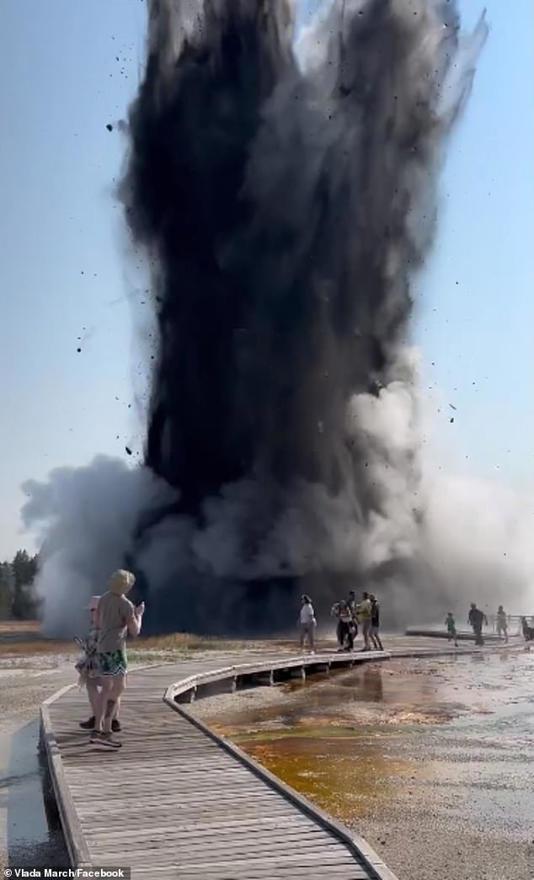
Vlada March recorded the explosive event on video. Her footage shows visitors running from the hot spring. March’s mother was hit by debris but unharmed.
What unseen dangers lurk beneath Yellowstone’s serene surface?
Stat: Yellowstone receives over 4 million visitors annually.
Park Service Closes Biscuit Basin

The National Park Service shut down Biscuit Basin. Geologists investigate the cause of the eruption. The wooden boardwalk suffered significant damage.
When will visitors be able to return to this popular site?
Historical fact: Yellowstone became the world’s first national park in 1872.
Hydrothermal Explosion Explained by USGS
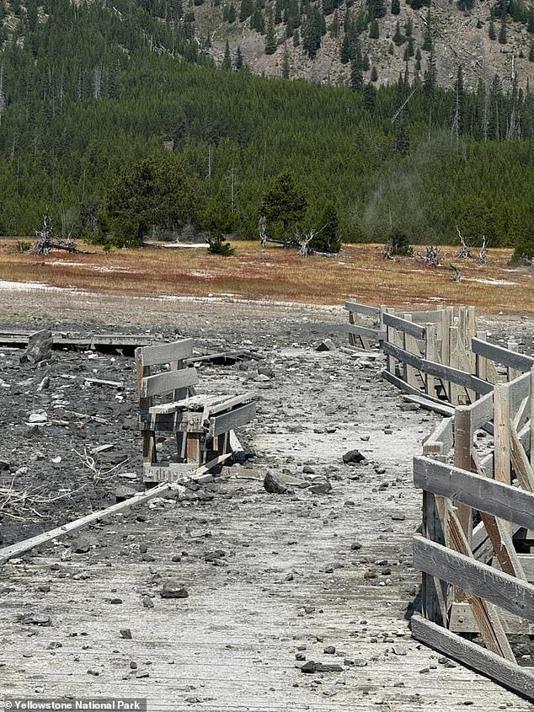
USGS confirmed a small hydrothermal explosion occurred. These events happen in shallow, interconnected fluid reservoirs. Rapid pressure drops can cause water to flash into steam.
Could this be a precursor to more significant geological activity?
Did you know? Yellowstone has over 10,000 hydrothermal features, including geysers and hot springs.
No Injuries Reported in Chaotic Scene
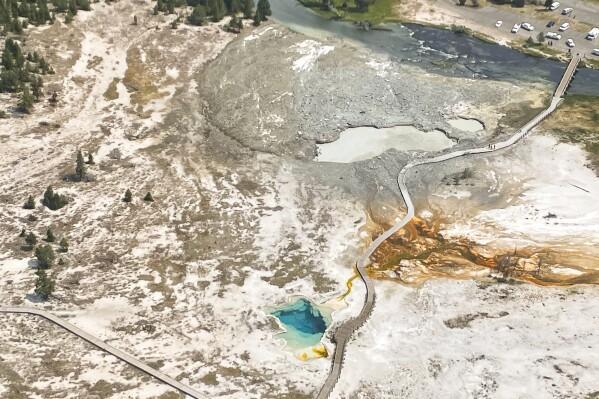
Despite the dramatic explosion, no injuries were reported. Tourists managed to escape the immediate danger zone. The event highlights the unpredictable nature of geothermal areas.
How close did visitors come to tragedy?
Stat: Yellowstone’s geothermal areas injure an average of 20 people per year.
Park Officials Reassure Public
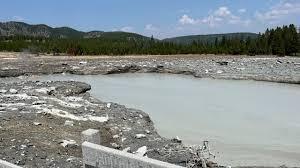
The National Park Service detected no other changes. Officials state the volcanic system remains at normal levels. USGS emphasizes this isn’t a sign of impending eruption.
But can we truly predict nature’s next move?
Historical fact: The last major hydrothermal explosion in Yellowstone occurred 13,800 years ago, creating the Mary Bay crater.
Biscuit Basin’s History of Eruptions

Biscuit Basin experienced a previous eruption in 2009. The area is known for its geothermal activity. Regular monitoring helps predict some events.
What secrets does this volatile landscape still hold?
Did you know? Biscuit Basin got its name from the biscuit-like deposits around its hot springs.
Yellowstone’s Supervolcano Remains Dormant
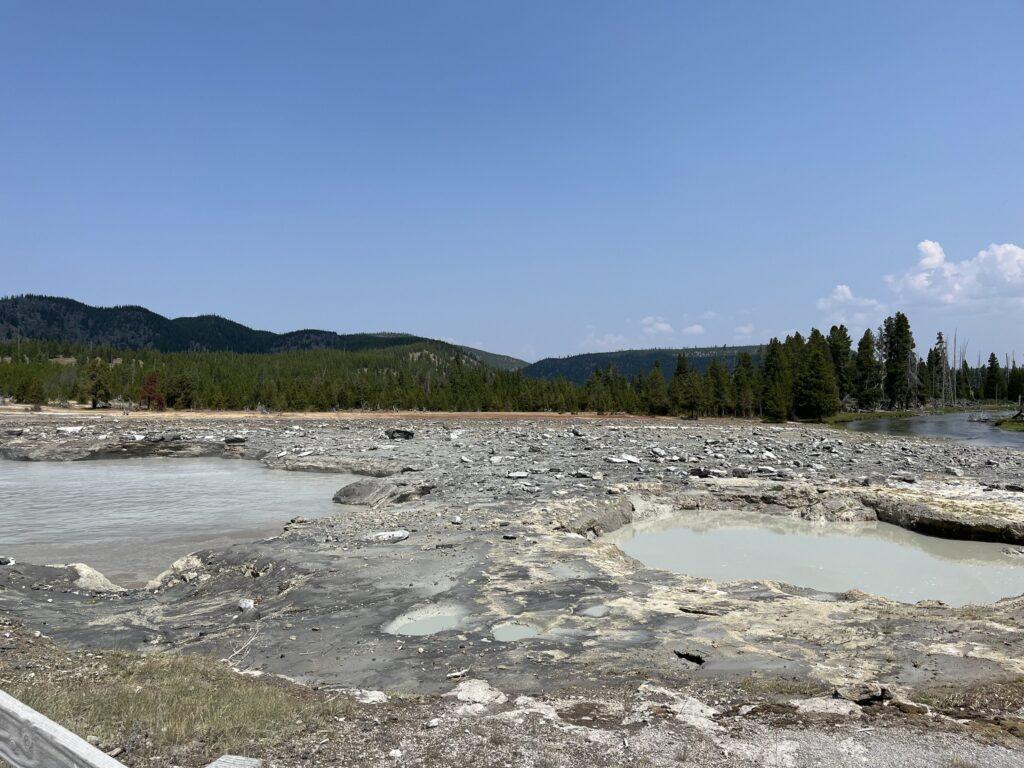
Yellowstone’s supervolcano underlies the entire park. It has the potential for catastrophic eruptions. Scientists closely monitor volcanic activity.
Could small events like this signal a larger awakening?
Stat: A full eruption of Yellowstone’s supervolcano could affect up to two-thirds of the United States.
Tourism Impact of Geothermal Events
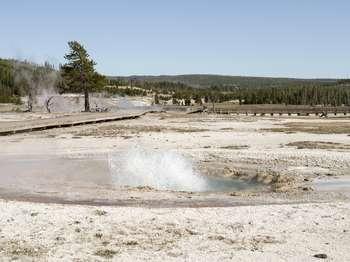
Unexpected closures affect park visitation patterns. Tourists may reconsider visiting active geothermal areas. Park officials balance safety with access.
How will this event shape Yellowstone’s tourism future?
Historical fact: Old Faithful, Yellowstone’s most famous geyser, was discovered in 1870.
Climate Change and Geothermal Activity

Scientists study links between climate change and geothermal activity. Changing temperatures may affect underground pressure systems. More frequent hydrothermal explosions could occur.
Is Yellowstone becoming more unpredictable?
Did you know? Yellowstone’s geothermal areas release about 60 tons of helium per year.

